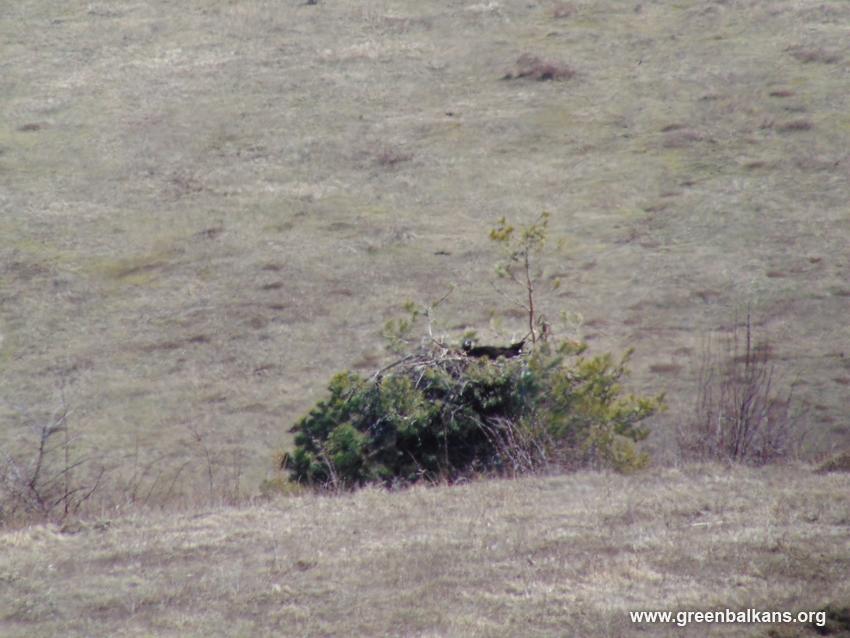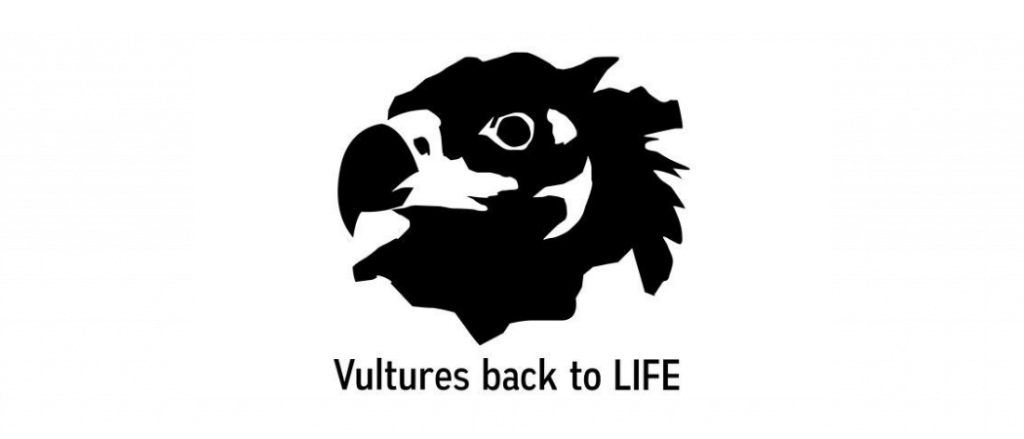Conservationists have been working for nearly 30 years to reintroduce the Cinereous Vulture in the Western Balkan Mountains – and their efforts have recently paid off. For the first time in decades, a chick hatched in this part of the Balkan Mountains!
Second Cinereous Vulture hatches in Bulgaria since the reintroduction begun

Kutelka and Vrachanski Balkan are two of the many Cinereous Vultures originating from Spain released into Bulgaria’s wild as part of the Vultures Back to LIFE reintroduction project. The project team rejoiced when the two birds formed a pair in 2021, beginning their attempts to start a family last December in the Western Balkan Mountains.
Months of breeding efforts proved successful. In early April, the pair welcomed their chick, the first to hatch in the Western Balkan Mountains in Bulgaria. This event signified a historic moment for wildlife conservation in the region and the entire country.

This chick is the second Cinereous Vulture that hatched in the wild in Bulgaria as part of the species’ reintroduction programme. The hatching occurred 29 years after the last recorded nesting. This milestone also marks the second successful hatching of the species in the Balkan Mountains in nearly a century.
Large vulture restoration efforts in Bulgaria
Back in 1980, studies by Tanyu Michev and Nikolay Boev showed that the species was no longer breeding in the country. The conservationists then proposed the restoration of Cinereous Vultures by importing birds from abroad and releasing them into the wild in Bulgaria. Although they did not live to see the realisation of the idea, Michev and Boev inspired a generation of environmentalists who worked purposefully to achieve this objective.
The first step was reintroducing the Griffon Vulture in the Kresna Gorge and Stara Planina mountain range in Bulgaria, which became a reality by releasing over 350 Griffon Vultures there, donated by Spain, France and more than 19 zoos in seven countries. To achieve the second step, which is the return of the Cinereous Vulture as a nesting species, the Vultures Back to LIFE project funded by the EU’s LIFE programme and led by the Green Balkans and Fund for Wild Flora and Fauna started in 2015. The first three Cinereous Vultures — all captive-bred — were reintroduced in 2018, and 2019 saw the release of the first birds from Spain – all originating from wildlife rehabilitation centres.
Fast-forward 6 years, and already 59 Cinereous Vultures, most coming from Spain, reached Bulgaria thanks to the joint efforts of Junta de Extremadura, AMUS and the Vulture Conservation Foundation (VCF). Reintroduction efforts together with conservation actions returned the Cinereous Vulture as a nesting species in Bulgaria, making it the second country in the Balkans after Greece where the species is breeding.
The ultimate goal of this international partnership is the return of the symbol of Bulgarian nature conservation – the Bearded Vulture.
The Vultures Back to LIFE project

Led by Green Balkans in collaboration with the Fund for Wild Flora and Fauna, Vulture Conservation Foundation, Junta de Extremadura and Euronatur, the Vultures Back to LIFE project aims to reintroduce the Cinereous or Eurasian Black Vulture to Bulgaria. The team will transfer and release into the wild around 60 birds, some coming from captive-breeding backgrounds but mostly from Spanish wildlife rehabilitation centres. The project will also create supplementary feeding stations, increase populations of wild herbivores, improve nesting conditions and tackle some of the major threats to support the return of the species.




